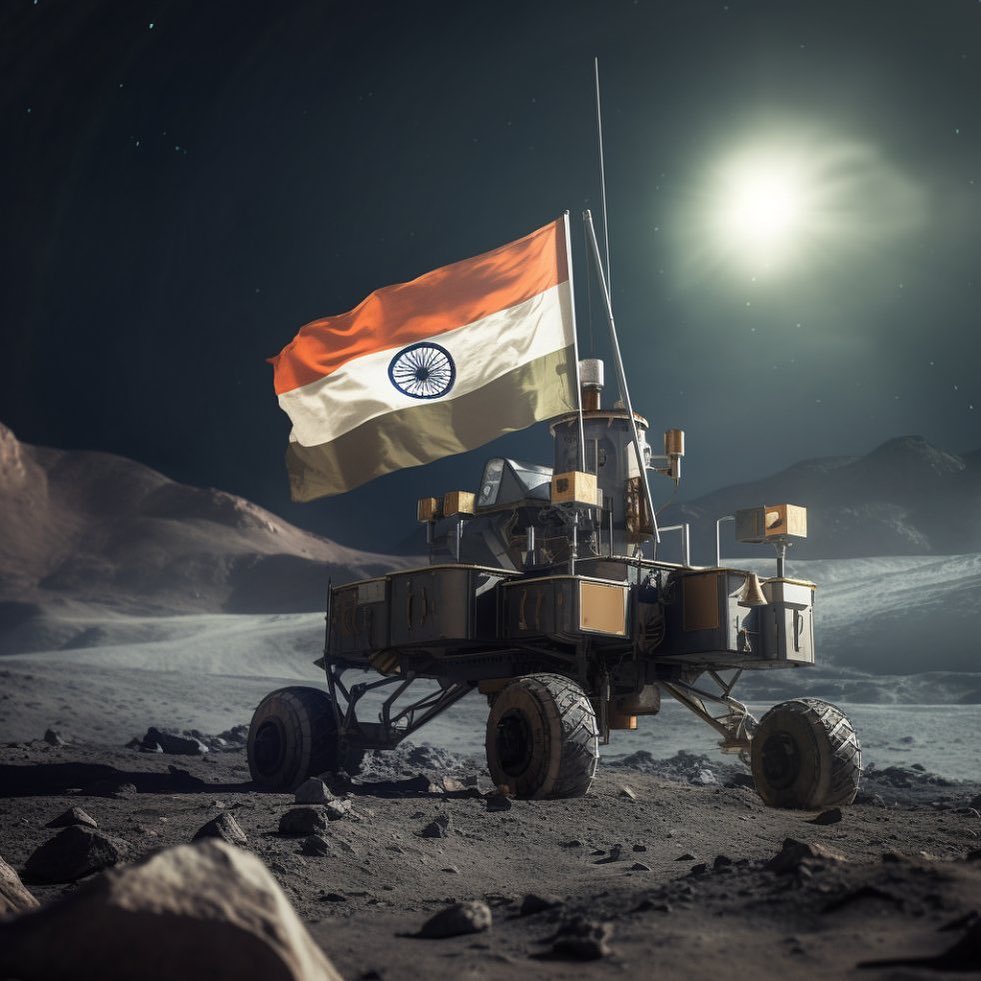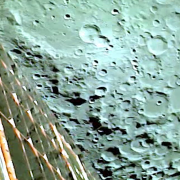After months of anticipation, Chandrayaan-3 Vikram Lander has successfully completed a soft landing on the south pole of the Moon – creating history.
With this landing, India is now only the fourth country after the US, Russia, and China to achieve a soft lunar landing, and the first to reach the Moon’s south pole. Now, the Pragyan rover will search for water and analyse the chemical composition of the moon’s surface during one lunar day, which will be around fourteen days on Earth.
This achievement also occurred less than a week after a Russian lander encountered a crash during a similar attempt.
India has a busy decade of space exploration ahead.
S. Somanath, the director of ISRO, has described the current moment as a pivotal moment, as the country opens its space programs to private investors after 50 years of state monopoly that made advances but at a “shoestring budget mode of working.”
Prime Minister Narendra Modi – who joined the landing programme virtually from South Africa, where he is on a three-day official visit to attend the 15th BRICS summit – addressed the nation, congratulating ISRO scientists on a successful mission. “This is the dawn of a new India,” he said in the live broadcast. When ISRO first formed in 1969, it marked India’s entry into space research. Since then, with 124 spacecraft missions and 94 launches, it is one of the elite space organizations in the world.
Chandrayaan-3 is a follow-on mission to Chandrayaan-2 and its objectives are to demonstrate safe soft landing on the lunar surface, roving on the Moon, and to conduct in-situ scientific experiments. Chandrayaan-2’s primary goal was to study the Moon’s south polar region, where no previous missions had ventured – but ISRO lost contact with the lander shortly before the touchdown, which would have occurred on September 7, 2019.
Chandrayaan-1, India’s first mission to the Moon, launched successfully on October 22, 2008, from SDSC SHAR, Sriharikota – with finding water on the Moon being a primary scientific objective. The mission discovered the presence of water molecules on the parched lunar surface and established that the Moon has an atmosphere during daytime.
A large share of India’s space efforts in the coming years will now focus on the moon – along with a second Mars orbiter mission also in progress.
Although an Indian astronaut flew into orbit in 1984, the country has never sent humans to space on its own. It is therefore preparing its first astronaut mission to space, called Gaganyaan. But the project, which aims to send three Indian astronauts to space on the country’s own spacecraft, has faced delays, and ISRO has not announced a date for it.





